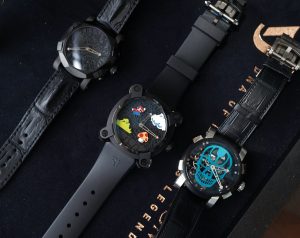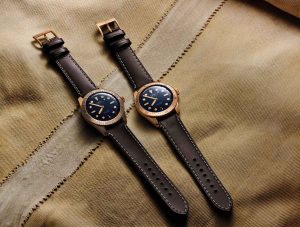Longines’ famed equestrian pocket watches have been reinterpreted and are currently available in limited, numbered editions as part of the Longines Equestrian Pocket Watch collection.
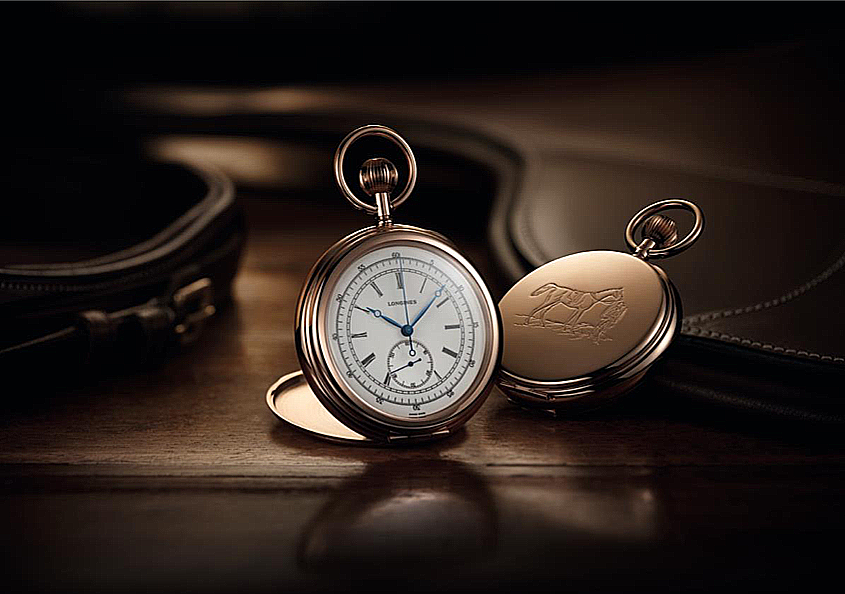
From its beginnings in the 19th century and throughout its history, Longines has maintained a true passion for the equestrian world.
By creating watches with exquisite engravings of horses, riders and jockeys, the brand with the winged hourglass emblem has cultivated a strong connection between watchmaking and the equestrian universe. The story of these emblematic pieces is also closely linked with the story of the sports shown on the cases of the watches. Show jumping and horse racing are disciplines that, similar to Longines, have evolved over time without leaving behind their authenticity.
Some of these pocket watches have been reinterpreted and are currently available in limited, numbered editions as part of the Longines Equestrian Pocket Watch collection. The exceptional 18-carat rose gold timepieces attest to the close relationship between Longines and the equestrian world, embodying the brand’s values of tradition, elegance and performance.
Here’s a closer look at the eight in the new collection:
Longines Equestrian Pocket Watch Jockey 1878
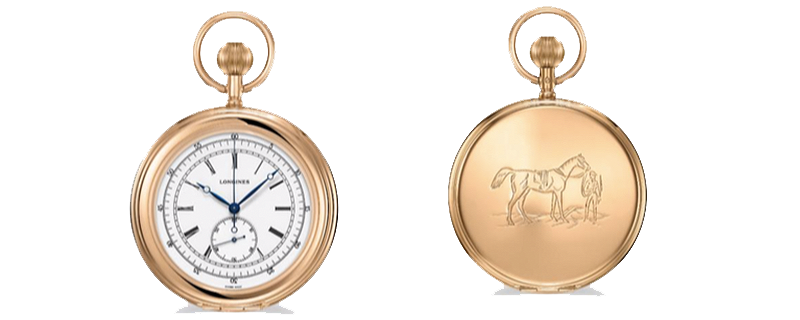
In 1878, Longines created its first chronograph movement using new mechanical processes. The chronograph movement measured performance to the nearest second, going on to become a common feature in chronographs used on American racetracks from the end of the 19th century. The model inspired The Longines Equestrian Pocket Watch Jockey 1878, an 18-carat rose gold pocket watch with a hand-wound movement and a column-wheel chronograph mechanism created exclusively for Longines. The column- wheel chronograph is activated via the crown, which acts as a push-piece. The movement’s blued steel column wheel can be admired by opening the engraved cover. The metal Lépine pocket watch that inspired this reinterpretation is housed at the Longines Museum in Saint-Imier. Hours, minutes and small seconds at 6 o’clock are displayed by elegant blued steel Breguet hands in the 55 mm diameter Longines Equestrian Pocket Watch Jockey 1878. The model also allows to keep time to the second using the central chronograph hand. The white dial features large Roman numerals and a timer with Arabic numerals. The bow in the piece was finely crafted based on the original model.
Longines Equestrian Pocket Watch Sweet Horse 1881
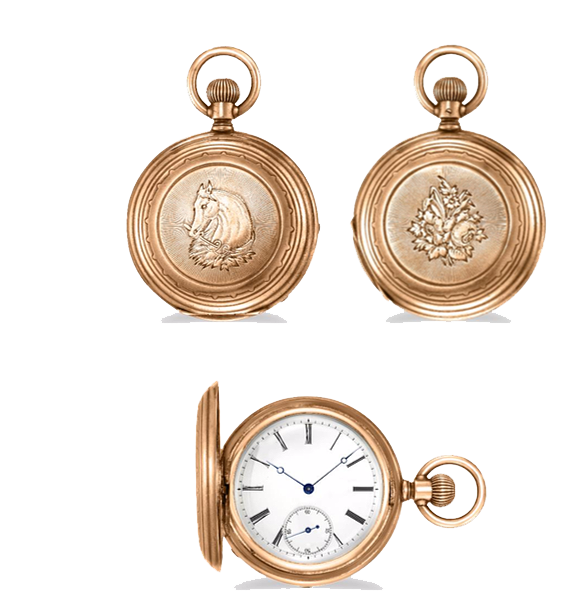
The 18-carat rose gold model was inspired by a silver Savonnette pocket watch from 1881. The Longines Equestrian Pocket Watch Sweet Horse 1881 features a horse’s head and an elegantly engraved floral motif, making it a very feminine piece. A hand-wound mechanical movement brings the exceptional timepiece to life. Hours, minutes and small seconds at 6 o’clock are displayed by elegant blued steel Breguet hands in the 50 mm diameter Longines Equestrian Pocket Watch Sweet Horse 1881. The white dial features large Roman numerals and the skilfully designed bow is inspired by the original model housed at the Longines Museum in Saint-Imier.
Longines Equestrian Pocket Watch Roots and Wings 1910
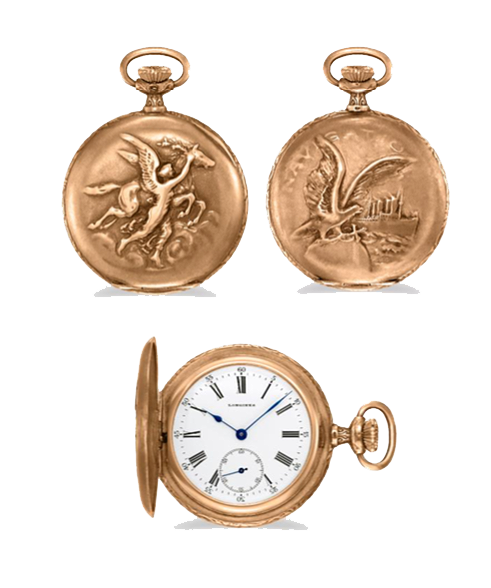
The Longines Equestrian Pocket Watch Roots and Wings pays tribute to a 1910 pocket model. The 18-carat rose gold case features a grand eagle with wings spread in front of a ship from that period, accompanied by an engraving of a young woman with wings and a horse, inviting the wearer to travel and discover the world. The Savonnette pocket watch is powered by a hand-wound mechanical movement, just like the model that inspired the design, which is housed at the Longines Museum in Saint-Imier. Hours, minutes and small seconds at 6 o’clock are displayed by elegant blued steel hands in the 49.50 mm diameter Longines Equestrian Pocket Watch Roots and Wings 1910. The white dial features large Roman numerals.
The Longines Equestrian Pocket Gentleman Farmer 1910
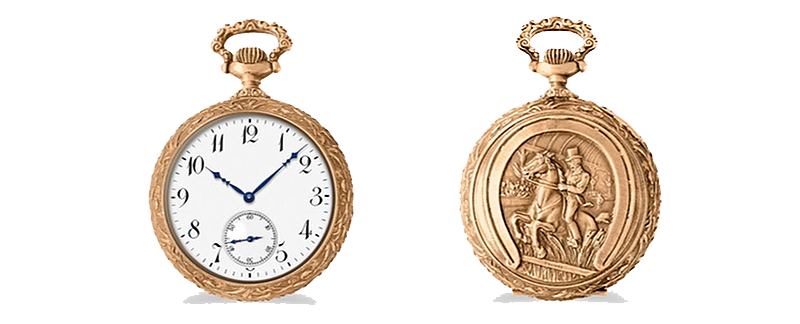
The Longines Equestrian Pocket Gentleman Farmer 1910 reflects Longines’ centuries-old passion for the equestrian world. A reinterpretation of a model from 1910, the 18-carat rose gold Lépine pocket watch features an engraving of a gentleman on his horse. With his distinguished appearance, the rider is the perfect illustration of an elegance specific to equestrian sports, which Longines has shared for more than 150 years. The 48.75 mm diameter model comes with a hand-wound mechanical movement. The white dial features elegant black painted Arabic numerals. Hours, minutes and small seconds at 6 o’clock are displayed by elegant blued steel hands. The sides and bow of the piece were carefully designed based on the original model housed at the Longines Museum in Saint-Imier.
Longines Equestrian Pocket Watch Racing Horses 1911
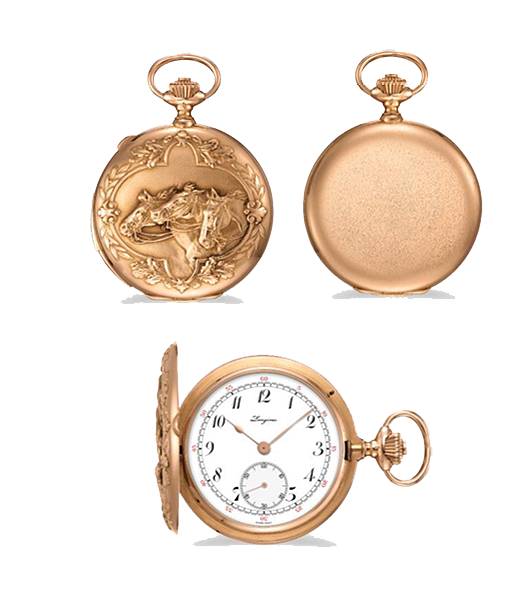
Longines has been passionate about the equestrian world since the very beginning and has been associated with some of the most prestigious horse races around the world. The pocket chronograph watch was modelled on a piece from 1911, demonstrating this history. The cover of the 18-carat rose gold watch is engraved with the heads of three horses in the heat of a race, symbolising the movement and energy of the sport. The Savonnette pocket watch comes with a hand-wound mechanical movement. Hours, minutes and small seconds at 6 o’clock are displayed by elegant gold steel hands in the 53.35 mm diameter Longines Equestrian Pocket Watch Racing Horses 1911. The white dial features large Arabic numerals. The bow of the piece was carefully designed based on the original model, which is housed at the Longines Museum in Saint-Imier.
Longines Equestrian Pocket Watch Horses Trio 1911
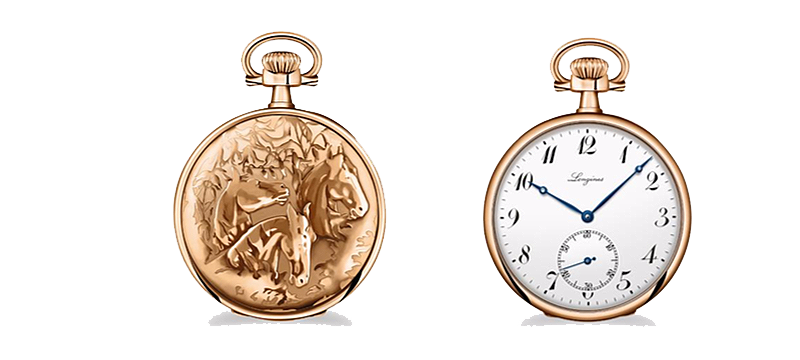
The Longines Equestrian Pocket Watch Horses Trio 1911 was inspired by a Lépine pocket watch from the same year, which is housed at the Longines Museum. One year later (1912), the brand partnered with a show jumping competition for the first time. This marked the beginning of a long history that led to Longines’ current association with renowned races and equestrian competitions. The 18-carat rose gold pocket watch has a skilfully designed case back featuring a trio of horses. The heads of the horses stand out against a background of intricate foliage. The plant motifs also appear on the middle of the piece. The 48.20 mm diameter model comes with an L878.4 hand-wound Longines movement. The white dial features large black painted Arabic numerals and a timer. Hours, minutes and small seconds at 6 o’clock are displayed by elegant Breguet blued steel hands.
Longines Equestrian Pocket Watch Farm House 1912
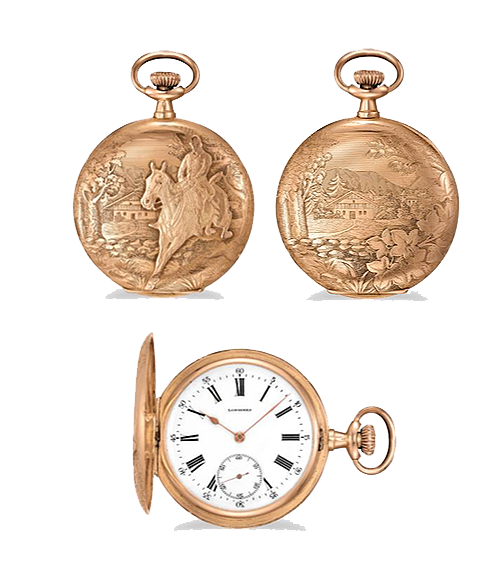
The Longines Equestrian Pocket Watch Farm House was inspired by a Savonnette pocket watch from 1912, currently housed in the Longines Museum in Saint-Imier. The 18-carat rose gold case depicts a farmhouse in a bucolic country landscape traversed by a rider on his horse. The beating heart of the timepiece is the hand-wound mechanical movement that brings it to life. Hours, minutes and small seconds at 6 o’clock are displayed by elegant gold steel hands in the 48 mm diameter Longines Equestrian Pocket Watch Farm House 1912. The white dial features large Roman numerals. The bow in the piece was also finely crafted based on the original model.
Longines Equestrian Pocket Watch Sport 1929

The Longines Equestrian Pocket Watch Sport is a vibrant tribute to flat races based on a model from 1929. The 18-carat rose gold Lépine pocket watch features two jockeys and their horses in the heat of a race. The model comes with a hand-wound mechanical movement. Hours, minutes and small seconds at 6 o’clock are displayed by elegant blued steel Breguet hands in the 48.20 mm diameter Longines Equestrian Pocket Watch Sport 1929. The white dial features large Arabic numerals. The bow of the piece was carefully designed based on the original model housed at the Longines Museum in Saint-Imier.
Log on to the official Longines website here to discover more.
(Source: Longines)


